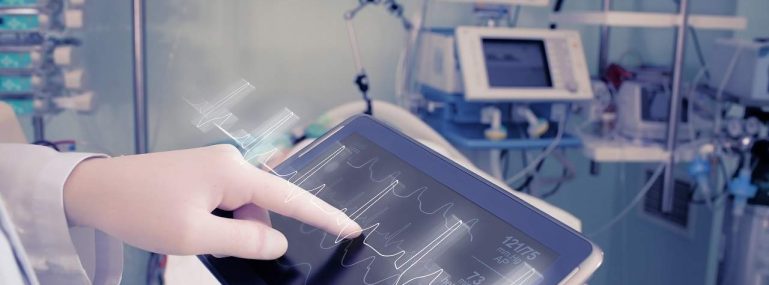While the previous version of RoHS directive did not require any special mark to demonstrate RoHS compliance, under the recast, it became mandatory that all equipment covered by RoHS must now bear the CE mark.
As a symbol, CE mark is familiar for everyone as it has been a mandatory requirement for many years on products sold in the European Union. After the recast of the RoHS directive, it has also become the proof of conformity of the product to the European RoHS directive. The mark must be displayed on the product visibly, legibly and indelibly. Manufacturers, importers and distributors are responsible for ensuring that the mark is properly placed on EEE.
The CE marking indicates a product’s compliance with EU legislation. By affixing the CE marking to a product, a manufacturer declares his sole responsibility, that the product meets all the legal requirements, which means that the product can be sold across the European Economic Area.
RoHS 2 brings about a few other significant changes related to the broader scope of the directive which has implications on the legal responsibilities of businesses. Some of these changes affect manufacturers directly, as they are required to:
- Issue a signed Declaration of Conformity (DoC).
- Create a technical documentation file as per EN 50581:2012 or equivalent standards that meet requirements of module A of Annex II to decision 768/2008/EC.
- Accept analytical material test results as per the IEC 62321 Standard.
- Keep the DoC and technical documentation file for a longer period after the product has been placed in the market.
Obtain the CE marking, to prove RoHS 2 compliance.
Obligations for medical device manufacturers
Now, since the medical devices also fall within the scope of RoHS2 directive (2011/65/EU), Medical Device manufacturers are obligated to ensure and demonstrate compliance with the directive.
If a medical device is properly CE marked and has the necessary documentation for verification, it does not require additional approval or certification to be marketed in the European Union (EU), European Economic Area (EEA), or Switzerland. RoHS compliance for medical devices ensures that the product meets environmental standards, and with CE marking, it allows for the free movement of goods across these regions.
The CE mark is a legal designation that the manufacturer’s product has met the requirements of all relevant Medical Device Directives as laid down by EU (93/42/EEC or 90/385/EEC or 98/79/EC).
In order to demonstrate compliance with the RoHS 2 recast, Medical Device Manufacturers are required to
- Define their product and identify the directives applicable to it.
- Source RoHS compliant material from suppliers, analyze and identify material changes needed to comply with the RoHS 2 directive.
- Show proof of RoHS 2 compliance by drawing up required technical documentation surrounding their product including conformity risk assessment reports, test reports for each part.
- Draw up an EC declaration of Conformity
- Affix the ‘CE’ mark on the finished product and start to sell.
CE Marking is now a mandate for RoHS 2, manufacturers must draw up the required technical documentation, carry out an internal production control procedure, draw up an EC declaration of conformity and affix the ‘CE’ mark to their product.
It is the manufacturer’s responsibility to carry out the conformity assessment, to set up the technical file, to issue the declaration of conformity and to affix the CE marking to a product. Distributors must check that the product bears the CE marking and that the requisite supporting documentation is in order. If the product is being imported from outside the EEA, the importer has to verify that the manufacturer has undertaken the necessary steps and that the documentation is available upon request.
According to the other Medical Device Directives in the EU, subject to the type of the device, manufacturers require to have their quality systems and technical documentation reviewed by a Notified Body before they can place their products on the market as part of the conformity assessment procedure.
However, RoHS 2 outlines surveillance responsibilities of member states but does not contain a mandate for Notified Body assessment of compliance with the RoHS 2 provisions. Only products which are designated as high risk to public interest require conformity assessment by a Notified Body. Unless there are grounds for suspecting that a device may pose a risk to public health, member states must not create any obstacles to the placing on the market or the putting into service of any medical devices as defined under the Directive bearing a legitimate CE marking.
Since most of the CE standards that apply to products are harmonized, entry of the product into EU market only requires conformance to a single set of standards, this simplifies the process of entering the EU market for medical device manufacturers and also demonstrates the importance of obtaining the ‘CE’ mark.





